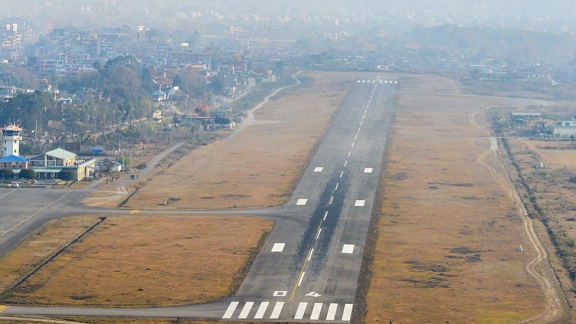At least 40 people were killed when an aircraft crashed in Nepal on Sunday, a Nepal army spokesperson said, as hundreds of rescue workers scoured the hillside crash site.
“We expect to recover more bodies,” the spokesperson, Krishna Bhandari, said. “The plane has broken into pieces.”
A Yeti Airlines spokesperson, Sudarshan Bartaula, said there were 72 people onboard – 68 passengers and four crew. According to an airport official, foreign nationals from Australia, France, Argentina, India, Russia, Ireland, China and South Korea were among the passengers.
“Rescue is under way, we don’t know right now if there are survivor,” Bartaula said.
The plane crashed between the old and new Pokhara airports in central Nepal.
The wreckage was on fire and rescue workers were trying to put out the blaze, local official Gurudutta Dhakal said.
“Responders have already reached there and trying to douse the fire,” Dhakal said. “All agencies are now focused on first dousing the fire and rescuing the passengers.”
The twin-engine ATR 72 aircraft was operated by Yeti Airlines and flying from Kathmandu, the Himalayan country’s capital, an airport official said. After news of the crash broke the country’s prime minister, Pushpa Kamal Dahal, called an emergency cabinet meeting.
Nepal’s air industry has boomed in recent years, carrying goods and people between hard-to-reach areas as well as foreign trekkers and climbers.
But it has been plagued by poor safety due to insufficient training and maintenance. The European Union has banned all Nepali carriers from its airspace over safety concerns.
The Himalayan country also has some of the world’s most remote and tricky runways, flanked by snow-capped peaks with approaches that pose a challenge even for accomplished pilots.
Aircraft operators say Nepal lacks infrastructure for accurate weather forecasts, especially in remote areas with challenging mountainous terrain where deadly crashes have taken place in the past.
The weather can also change quickly in the mountains, creating treacherous flying conditions.
Source: the guardian





